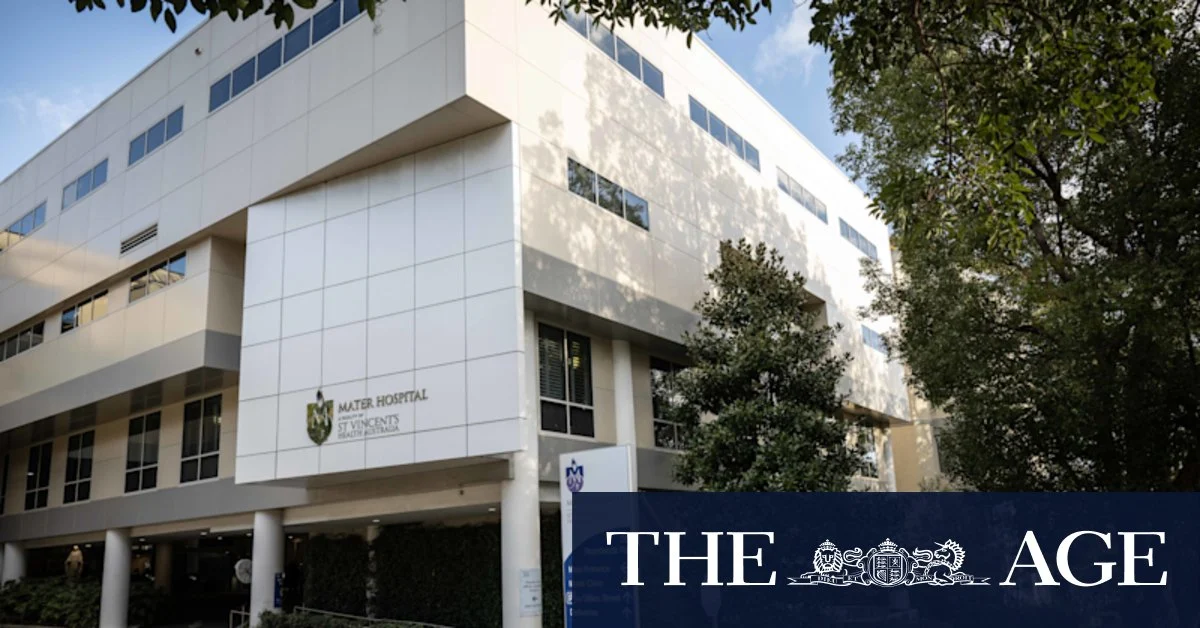Loading
“Once you pass 15 per cent, you’re not seeing a return on investment: there’s not a substantial increase in saving the lives of babies and mothers,” Dahlen said. “And when you hit 20 per cent, it levels out and there’s a risk of greater harm.”
Women who have caesarean births are at increased risk of placental abnormalities and hospital infections, and must also recover from major surgery in the weeks after their birth. In Australia, only 12 per cent of women have a vaginal delivery after a caesarean.
Concerns have been raised about private obstetricians steering women towards caesareans for their own convenience.
But Dr Nisha Khot, a Melbourne public obstetrician and president-elect of the Royal Australian and New Zealand College of Obstetricians and Gynaecologists, said while a small minority of doctors may “schedule” births, the increase in caesareans was across the private and public sector, and driven by patients.
“In my own clinical practice, I see increasingly women come to me with a decision that they have already made,” she said.
“We need to inform women about the risks and benefits, but if, after that, they choose to have a caesarean section, that choice needs to be respected.”
The college updated its guidelines in 2023 to direct obstetricians to agree to perform caesareans for women who seek them, or refer to a second obstetrician. Khot said updates to the clinical standard for managing perineal tears, which recommend practitioners discuss birth risks with pregnant women, had probably also led to more elective caesareans.
“I do not think we were having those discussions before the standard was released, and I do not think we are having them well now,” she said.
“So, when we have those discussions, there is a proportion of women who will look at that and say: no, I will have a caesarean, even though that is major surgery and comes with risks.”
Loading
Last year, NSW’s landmark birth trauma inquiry heard from thousands of women. The inquiry was triggered by complaints about maternity services at Wagga Wagga Base Hospital, including that mothers were given inadequate pain relief and induced due to a shortage of hospital beds.
Dahlen said the inquiry had been overwhelmingly beneficial – and applauded funding for midwifery continuity of care models in June’s budget, a key inquiry recommendation. But she was concerned discussion of traumatic birth experiences had left a minority of women fearing vaginal delivery, including higher-risk women refusing to give birth in hospital, and those who felt caesareans were “the only way they can control their birth”.
“We’ve failed women if that is the solution they come to, on both ends,” she said.
There were 88,297 births in NSW in 2023, the fewest since 2004.
Khot said decreasing maternal mortality when pregnant women were increasingly older, with higher BMIs and more complex health conditions – including gestational diabetes, impacting 16 per cent of NSW mothers in 2023 – was good news.
“We should remember that when we discuss intervening in birth: it is making a difference to outcomes, even when the patient population is becoming more complex,” she said.
The Morning Edition newsletter is our guide to the day’s most important and interesting stories, analysis and insights. Sign up here.


